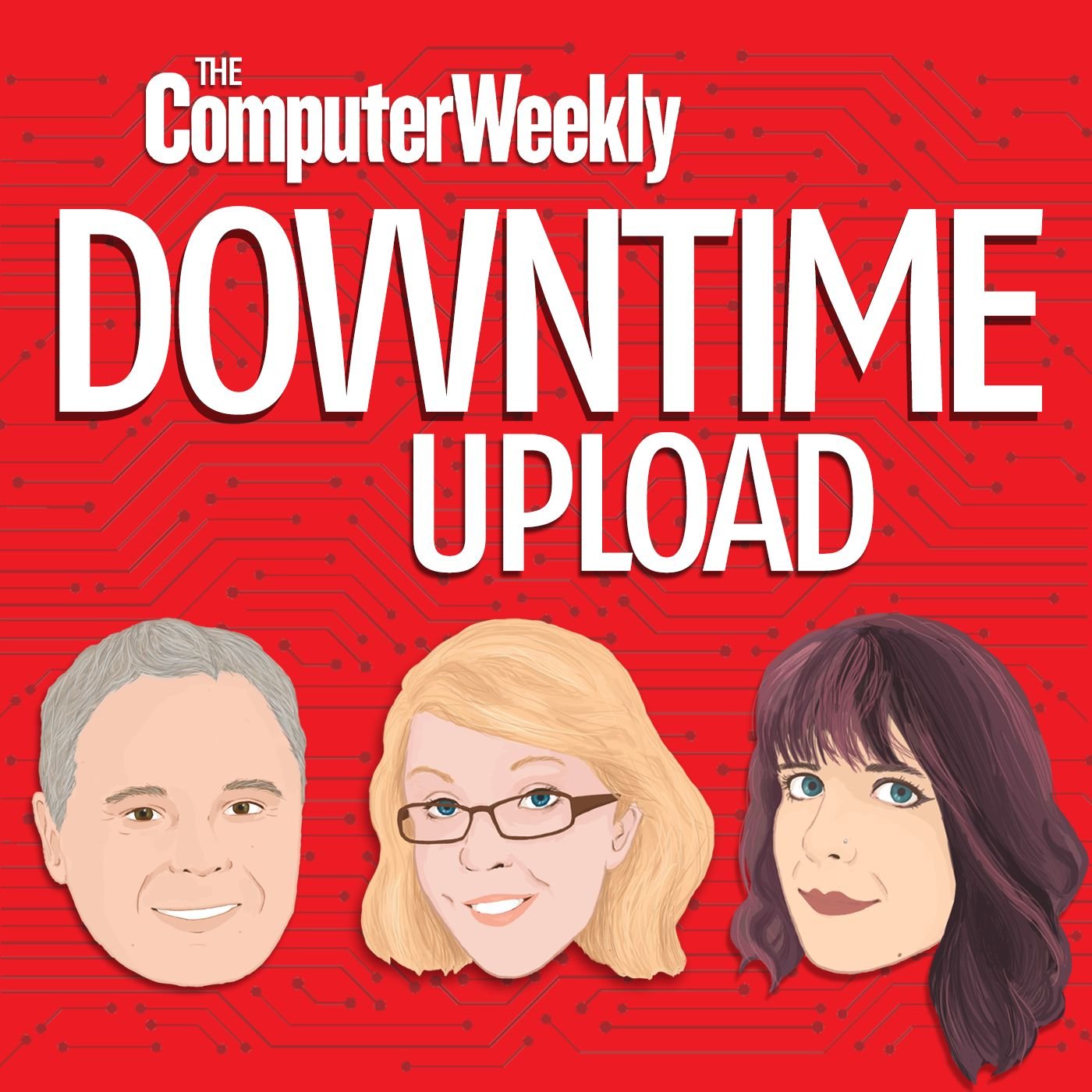
JDaniels
Digital art, datacentre futures and diversity – The Computer Weekly Downtime Upload Podcast

In this week’s episode of the Computer Weekly Downtime Upload podcast, Clare McDonald, Caroline Donnelly and Brian McKenna discuss digital art, Covid-19’s likely lasting impact on the datacentre industry, and the lack of progress in diversity in IT
In this week’s episode of the Computer Weekly Downtime Upload podcast, Clare McDonald, Caroline Donnelly and Brian McKenna discuss digital art, Covid-19’s likely lasting impact on the datacentre industry, and some of the persistent blockages facing diversity in IT.
- Sweltering in a British heatwave, the trio begin with a discussion about digital art in the context of the pandemic, with air-conditioned museums and galleries being, unfortunately, out of reach.
- Brian starts the discussion by referring to an interview he conducted with Rob Anders, CEO of Niio, an Israeli startup digital art platform.
- He also harks back to a story discussed on the third ever Computer Weekly Downtime Upload podcast about Watercolour World. In that instance, the story was about digitising already existing art. Niio’s focus is digital art, including video.
- It offers artists and buyers a platform to publish and purchase art. The platform uses blockchain technology to create a permanent bond between a creator and their artefact, and artificial intelligence to personalise digital art for consumers of it – just as Spotify or Netflix does for music and film.
- The platform hosts more than 13,000 artworks created by over 4,000 artists on its Amazon Web Services (AWS) cloud-based platform. And although the works can display on any digital screen, large high-definition screens in hotels and airports, or in the lobbies of law firms or banks, are the bigger outlet for now, says Brian. Niio has also been making artworks available as Zoom backgrounds during the pandemic.
- Caroline and Clare discuss the Niio business model, highlighting the issue of the easy reproducibility of digital images and video. Brian says Niio maintains it can ensure the scarcity of the art on its platform, and therefore its monetary value, by using blockchain technology.
- The team then go on to discuss digital galleries and museums more generally. Is the Covid-19 crisis ushering in a new era of digital art display? Certainly, galleries have their own virtual tours, some of which even cross over into gaming, where you can upload digital pictures into, say, the hit Nintendo Switch game Animal Crossing.
- Brian wonders if there is something about standing in front of a real painting in a real gallery, for which there is no possible virtual substitute – but that’s just his opinion.
- As for Niio, its platform works thanks to the cloud, which is a real thing made up of datacentres.
- Caroline has a feature in progress about the lasting impact of the pandemic on the datacentre industry and speaks next on the podcast about that, developing some of the analysis from our previous episode.
- There are signs, she says, that governments across the world are waking up to how important datacentres are to keep the economy going.
- In the UK, the industry has felt neglected by government, says Caroline, and ill-understood as a revenue-driver and an employer. Datacentre workers have been designated as key workers during this pandemic period, thanks to lobbying by TechUK.
- The Department for Digital, Culture, Media and Sport (DCMS) recently set up a data infrastructure resiliency team, focused on the datacentre industry, and that is a new and notable thing, says Caroline. That single point of contact should help now and in the future, bringing an “elevation in status” for the industry in the eyes of government.
- This could bring more scrutiny and regulation to bear on a sector that is already scrutinised in terms of energy use, but the benefit will be in having a voice that is more listened to by the powers that be.
- But will the nation’s Covid-time love affair with datacentres, which have ensured our entertainment as well as enabling our working from home, last?
- Meanwhile, the datacentre industry is not noted for its diversity, even within the still too non-diverse world of IT more generally.
- Clare talks us through a BCS analysis of Office for National Statistics data on diversity, which reveals a troubling lack of progress in the number of women, BAME (black, Asian and minority ethnic) people and disabled people working in IT. Only 9% of IT directors are from BAME communities, and 13% of IT directors are women, the statistics show.
- Also, higher levels of education are not helping as much as might be supposed. For example, says Clare, this particular piece of research shows that too many women with undergraduate and higher degrees are still in IT roles below their level of educational attainment.
- The research suggests that both female and BAME IT specialists tend to have less responsibility than IT specialists from other groups, despite similar or higher levels of qualification.
- Clare adds that about 17% of IT specialists are women, which represents a 1% change in five years, and 18% of technology specialists are BAME, representing a 2% change.
- On the topic of diversity, Brian closes the podcast by flagging up the leader in the 30 June issue of the Computer Weekly ezine by Cliff Saran, our managing editor (technology).
- Cliff’s leader is about technology CEOs speaking up for race equality – Antonio Neri of HPE, Tim Cook of Apple, Satya Nadella of Microsoft and Jeff Bezos of Amazon.
- Cliff writes: “These corporate leaders are calling on their employees, their customers, the software development and partner communities to come together to make a difference. They are certainly not civil rights leaders. But in this topsy-turvy, highly connected, technologically driven world, their common message has a global reach. Maybe, just maybe, it can help make a difference.”
Podcast music courtesy of Joseph McDade


